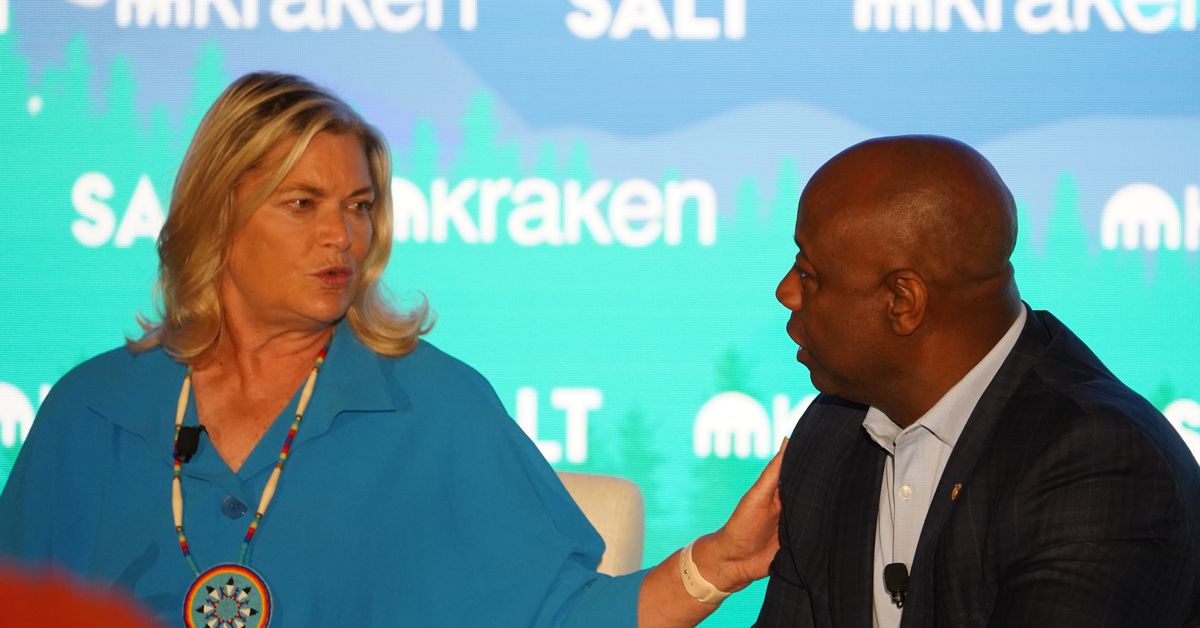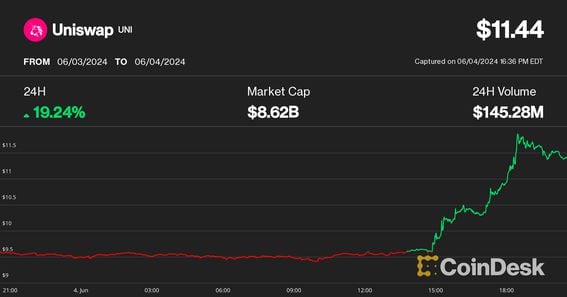The U.S. has seen jobless claims rise for the ninth week in a row, marking the longest streak since 2018. The latest figures show 1.858 million people continuing to apply for unemployment benefits for the week ending June 22.
This number was higher than the expected 1.84 million and the previous week’s 1.839 million. For the week ending June 29, initial unemployment claims reached 238,000, again surpassing the expected 235,000 and the previous week’s 233,000.

The increase in unemployment claims continues to climb, hitting the highest level since November 2021. Federal Reserve Chair Jerome Powell recently discussed the progress made in controlling inflation over the past year.
He expressed the usual cautious optimism but stressed the need for more evidence before considering cutting interest rates, adding:
“We’ve made quite a bit of progress in bringing inflation back down to our target.”
Powell emphasized the importance of ensuring inflation is sustainably moving towards the 2% target before easing policies.
He was joined by European Central Bank President Christine Lagarde and Brazil’s central bank Governor Roberto Campos Neto at a central banking forum in Sintra, Portugal.

The discussions come as markets closely monitor the actions of the Fed and other global central banks amid signs of easing inflation. Some central banks, including the ECB, have begun to roll back interest rates gradually.
Monitoring inflation and economic stability
The Commerce Department’s personal consumption expenditures price index, the Fed’s main inflation gauge, rose at a 2.6% annual rate in May.
This is a remarkable decrease from the 4% rate observed a year ago, although policymakers do not anticipate reaching the Fed’s 2% goal until 2026.

Despite seeing progress, Powell remains cautious about moving too quickly, which could disrupt the downward trend of price increases. He stated:
“We’re well aware that if we go too soon, we can undo the good work we’ve done. If we do it too late, we could unnecessarily undermine the recovery and the expansion.”
Earlier this year, the markets anticipated at least six Fed rate cuts of a quarter percentage point each. However, market expectations have shifted, now predicting only two reductions, one in September and another by the end of the year.
In spite of these predictions, members of the Federal Open Market Committee at their June meeting projected just one rate cut.

When asked about the possibility of a rate cut in September, Powell responded, “I’m not going to be landing on any specific dates here today.”
He also addressed concerns about the political climate and the potential impact of Donald Trump’s possible re-election. “I am not focused on that at all, and that’s not just a talking point. I really think that we just keep doing our jobs,” Powell stated.
Reporting by Jai Hamid





